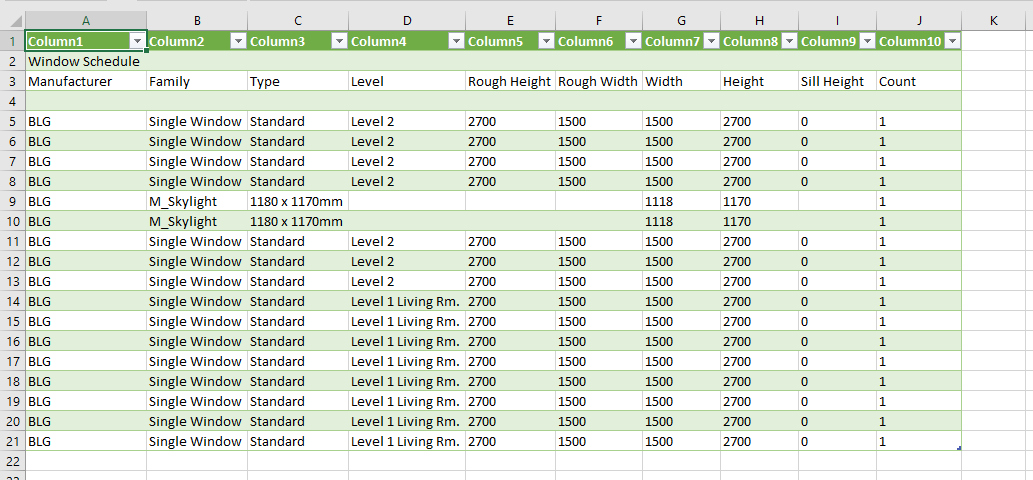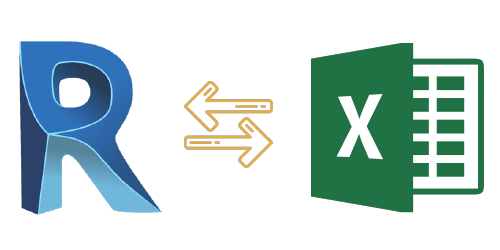Make The Most Of Effectiveness with Top-Rated Revit Plugins
Wiki Article
Revit Accelerator: Excel Assimilation Methods for Improving Productivity and Collaboration
In this post, we will check out the benefits of incorporating Excel into your Revit process. Plus, we will share ideal methods for flawlessly integrating Excel into your Revit jobs. Obtain ready to supercharge your Revit experience with our Revit Accelerator: Excel Combination Strategies!Benefits of Excel Combination in Revit
The benefits of Excel combination in Revit are countless and can considerably boost productivity and partnership. By flawlessly linking these 2 effective tools, you can improve your operations and save valuable time. With Excel combination, you can conveniently import and export data between Revit and Excel, enabling you to utilize the toughness of both programs.
Another benefit of Excel combination is the capacity to develop dynamic schedules and records. By linking your Revit design to an Excel spread sheet, any kind of adjustments made in Revit will instantly update in the corresponding Excel file. This makes it easy to generate updated routines, quantity launches, and other project paperwork.
Excel combination in Revit likewise allows much better partnership among group participants. With the capacity to import and export information, you can conveniently share details with coworkers that might not have access to Revit. This promotes effective communication and enables much better control and decision-making.
Simplifying Operations With Revit and Excel
Improving operations with Revit and Excel can greatly boost efficiency and partnership. By incorporating these 2 powerful devices, you can optimize your layout procedure and improve interaction within your team. With Revit, you can develop 3D designs and create comprehensive building and design documentation. Nevertheless, when it pertains to information monitoring and analysis, Excel is the go-to software program. By combining the capabilities of Revit and Excel, you can flawlessly move information in between both applications, eliminating the need for hands-on information access and lowering the risk of mistakes.
Making Use Of Revit and Excel with each other enables you to utilize the staminas of each program - revit plugins. You can export data from Revit right into Excel, where you can execute intricate calculations, develop graphs and graphes, and examine the info in a more reliable and orderly way. On the other hand, you can import information from Excel into Revit, allowing you to promptly upgrade your designs and documentation based upon modifications made in Excel
The integration of Revit and Excel additionally promotes collaboration amongst employee. By sharing Excel data, you can easily work together and communicate on layout and construction-related data. This boosts sychronisation and guarantees that every person is collaborating with the most current details.
Making Best Use Of Cooperation With Excel and Revit
To take full advantage of cooperation with Excel and Revit, you can perfectly share and upgrade design and construction-related data with your group. With simply a couple of clicks, you can import Excel you can check here spreadsheets into your Revit design, permitting you to conveniently access and manipulate the information.One of the essential benefits of utilizing Master combination with Revit is the capability to upgrade data in both programs concurrently. Any modifications made in Excel will immediately be mirrored in Revit, and the other way around. This guarantees that everybody is working with one of the most updated info, staying clear of complication and saving valuable time.
Additionally, Excel offers powerful tools for evaluating and organizing information, which can significantly boost your cooperation efforts. You can create custom records and graphes in Excel, aiding you to envision and connect crucial job info successfully. When presenting data to stakeholders or making educated choices based on job metrics (revit plugins)., this can be particularly useful.
Advanced Strategies for Enhancing Performance in Revit Utilizing Excel
By utilizing innovative strategies in Revit, you can significantly increase your productivity by leveraging the power of Excel. One of the crucial techniques for improving efficiency is by utilizing Excel as an information management tool. With Revit's Excel combination feature, you can connect Excel spreadsheets straight to your Revit design, permitting you to easily take care of and update information. This combination allows you to produce timetables, compute quantities, and perform information analysis effectively.
Additionally, you can utilize Excel macros to automate recurring tasks in Revit (import excel into revit). Macros enable you to videotape a series of actions and play them back with a solitary click, conserving you time and initiative. You can create a macro to instantly produce room timetables or update specification worths in mass.
Best Practices for Excel Integration in Revit
Using Excel as an information monitoring device in Revit allows for reliable administration and updating of information. One of the finest practices for Excel assimilation in Revit is to develop a clear and organized data structure. By adhering to these finest practices, you can properly utilize Excel as an information administration tool in Revit and enhance your efficiency and cooperation.Final Thought
In final thought, incorporating Excel with Revit can substantially improve performance and collaboration in the style procedure. By leveraging the power of Excel, Revit individuals can attain higher levels of efficiency and cooperation in their projects.With Excel assimilation, you can conveniently import and export data between Revit and Excel, allowing you to leverage the strengths of both programs.
One of the essential advantages of Excel integration is the ability to utilize Excel solutions and go to this web-site features within Revit. By linking your Revit design to an Excel spreadsheet, any changes made in Revit will automatically update in the matching Excel data. On the other hand, you can import data from Excel into Revit, allowing you to promptly upgrade your designs and paperwork based on modifications made in Excel.
With Revit's Excel assimilation function, you can link Excel spreadsheets directly to your Revit version, enabling you to easily take care of and update data.
Report this wiki page